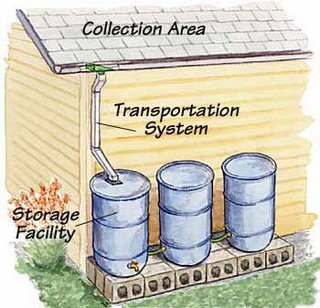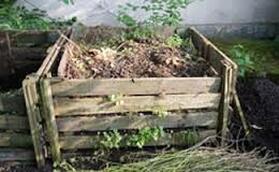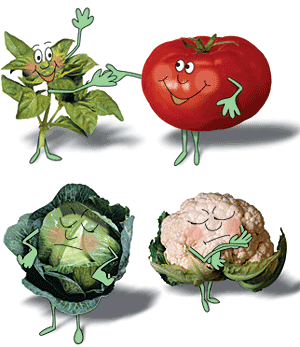Permaculture Practices
Permaculture comes with a whole set of philosophies, scripts, and guidelines; however the basis of permaculture lies in its practicality. To truly be a permaculturist and embody these philosophies, they need to be put to use! There are a variety of different techniques, guidelines and practices that I will go over briefly below. If you wish to learn more about these practices, and experience them hands-on, (HIGHLY recommend participating in a Permaculture Design Course, Intro to Permaculture workshop, or volunteer on a permaculture farm. This will provide the experience that will you to fully understand and apply the principles into your life.




